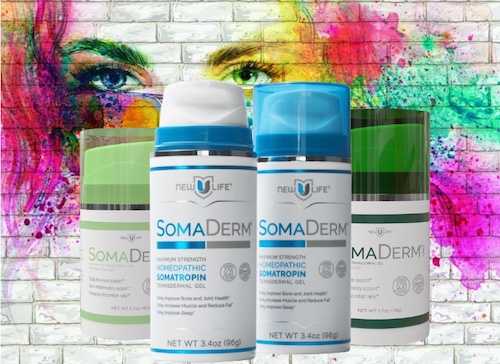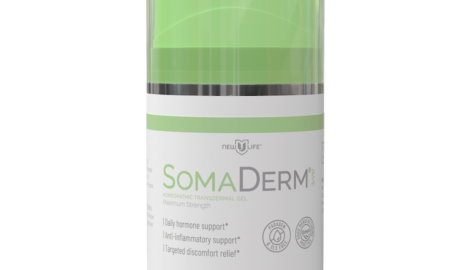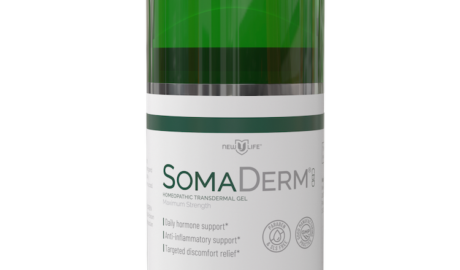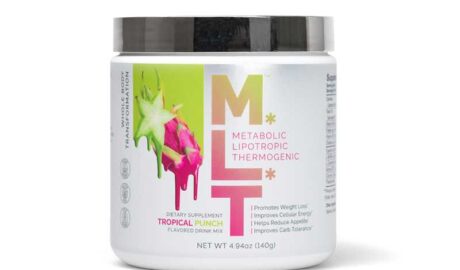Ugh, acne. It’s embarrassing, painful, and can reduce self-esteem.
Several manufacturers have introduced acne products that promote clear skin, but pimple patches may be among the most effective. These small adhesive stickers are applied to the affected area and can help clear up pimples overnight. But how do pimple patches work, and what are the best ones on the market? Keep reading to determine if pimple patches are right for you.
How Do Pimple Patches Work?
Pimple patches are applied directly to the affected area to promote healing. They also serve a second function – they prevent you from picking at pimples, which can irritate them and spread them to other pores, worsening breakouts.
What are the Different Types of Pimple Patches?
What are the best pimple patches? There are three main types of pimple patches, including hydrocolloid patches, medicated patches and microneedling patches.
- Hydrocolloid patch: Hydrocolloid is the most common type of pimple patch. It contains a substance typically used to heal wounds. It works by drawing out fluids and absorbs excess oil and dirt when applied to pimples. It also prevents the wound from drying out. It is ideal for pimples that are raised and contain fluid.
- Medicated patch: These are infused with mild medical ingredients that target bacteria and inflammation.
- Microneedling patch: These patches have tiny spikes that deliver active ingredients deep into the skin. They are ideal for blind pimples and deep bumps that develop under the skin.
Patches can further be defined by their adhesive material as follows:
- Acrylic
- Silicone
- Hydrogel
Silicone and hydrogel are generally the best options, because they stay in place and do not cause irritation.
The patches may contain additional ingredients that are beneficial to the skin, such as:
- Tea tree oil or extract: Dries out pimples and kills bacteria
- Hyaluronic acid: Hydrates the skin and prevents the salicylic acid from drying out
- Niacinamide: Improves skin tone and texture and supports moisture retention
- Benzoyl Peroxide: An antiseptic often used in acne treatment.
How to Use a Pimple Patch
Here are the steps to take to ensure your pimple patch provides optimal results.
- Clean your face and dry it thoroughly.
- If your pimple is oozing, dry it as well.
- Apply the patch over your skin. Pimple patches should be worn for at least 6-8 hours, but most can be worn for up to 12 hours.
- Peel off the patch. Your pimple should be smaller and less inflamed.
What are the Best Pimple Patches?
There are several pimple patches on the market, but Clean Skin Club DermaDot Invisible Acne Patches may be the best pimple patches you can buy. The Clean Skin Club is known for its unique and innovative skincare products. Their Dermadot patches are formulated with 100% vegan hydrocolloids, helping to drain and flatten acne.
Here are some other recommended acne-fighting products:
Acne is no fun, but pimple patches may be the ideal solution. How do pimple patches work? Now you know that they protect the skin to prevent irritation while providing healing effects. We hope you’ll try using them to achieve clearer skin.
FAQs
Do dermatologists recommend pimple patches?
Many dermatologists recommend pimple patches as a spot treatment for occasional breakouts. However, they are most effective on surface-level pimples and are not designed to treat deeper acne, such as blackheads, whiteheads, or cystic acne.
Find more beauty and personal care products available from Natural Healthy Concepts.
How to shrink a cystic pimple overnight?
Pimple patches typically do not work on cystic acne. However, some methods will shrink cystic pimples overnight, including cold compresses, spot treatments like benzoyl peroxide and salicylic acid, and cortisone injections. While eliminating a pimple overnight may not be realistic, you should see a significant reduction in its size.
Should I pop my pimple before putting a patch on?
No, you should not pop a pimple before applying a pimple patch. Applying a patch to a freshly popped or open zit can trap bacteria, worsen inflammation, and increase the risk of scarring and hyperpigmentation.





